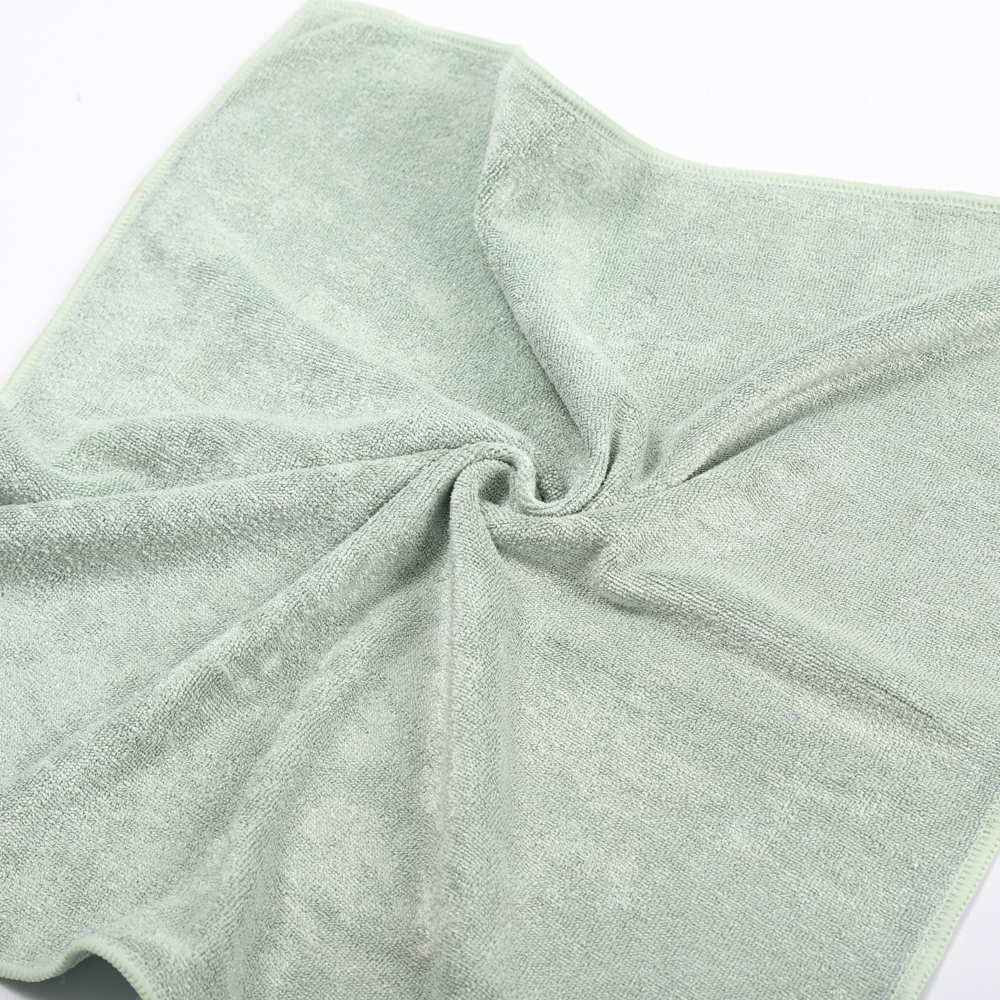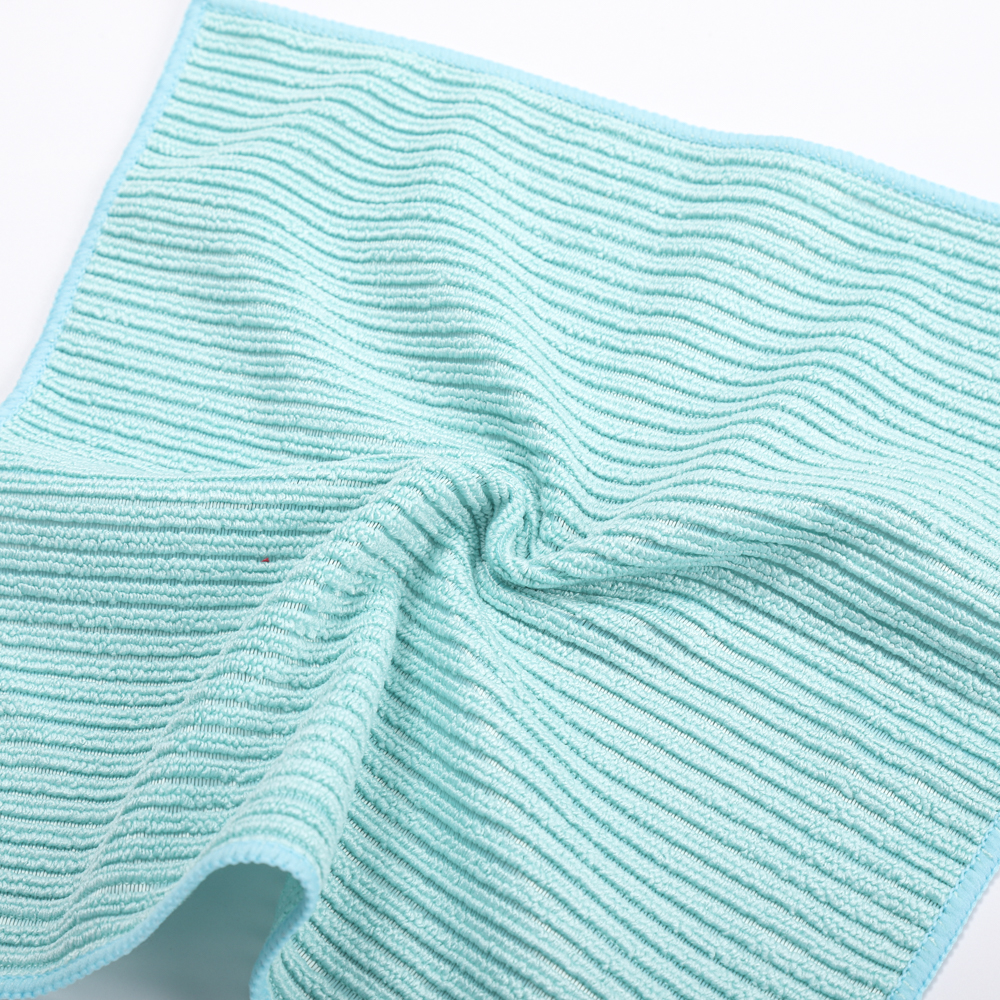
Privacy statement: Your privacy is very important to Us. Our company promises not to disclose your personal information to any external company with out your explicit permission.
There are many kinds of spinning methods for microfibers. Currently, the most widely used method is the composite slit method and island isolating method. The former is suitable for the production of filaments with a monofilament linear density (dpf) of 0.33dtex, and the latter is suitable for producing finer fibers (0.0001). Dtex≤dpf≤0.11dtex). The imitation suede fabric made from island microfiber is very similar to the natural suede fabric. It not only has the same fine hairiness, but also has an internal structure that closely resembles the bundle-like collagen fiber structure of natural suede, forming an open three-dimensional micropore. The network structure is breathable, moisture-permeable, soft and elastic, and also has the effect of natural leather's hair root.
Compared with conventional fibers, the supermolecule and morphological structure of island-in-the-sea microfibers are very different. If its diameter is as small as several hundred nanometers or even less than 100 nm, its longitudinal direction is composed of only a few dozen polyester chains. Although the dye is easily diffused into the dye, the dye is not contained in a large amount, and the number of dye molecules adsorbed on the surface of the fiber occupies a relatively high proportion. Therefore, when the fiber is dyed, the speed of dyeing, the amount of dyeing, the color rendering and the fastness of the dye will vary greatly. Moreover, the supramolecular and morphological structure of fibers is also related to the spinning process. For example, POY-DTY two-step spinning is very different from POY and FDY one-step spinning, so it is very difficult to control the dyeing.
Currently, island-type microfibers are polyesters, and are mainly dyed with disperse dyes by high-temperature and high-pressure methods. They have fast dyeing speed, poor level dyeing, color rendering, and color fastness, but their migration and lifting properties are different. better. These are mainly due to its special fineness and large specific surface area. The poor level dyeing and color fastness and the easy precipitation of oligomers during dyeing are related to the difficulty in dyeing. Most of the island-type microfibers are blended or interwoven with other polyester fibers of different specifications. Due to the different speed of dyeing and the dependence on temperature, the leveling and reproducibility of these fabrics are also deteriorated. For example, after it is blended or interlaced with coarser fibers, the dyes absorb more on the microfibers in the low-temperature zone, and the color is also deeper. On the contrary, in the high-temperature zone, the dyes on the coarser fibers are larger and the color is darker than the ultra-fine fibers. Even the dyes on the microfibers will migrate to the coarser fibers. Only for a certain period of time will the amount of dye, color, and depth on the two fibers be similar, and the time for these two variables to approach is different, so this The degree of dyeing and fastness of a fabric dye are very difficult to control.
The disperse dyes used for ultrafine fiber dyeing should be dyes with good lifting properties, strong color rendering, good levelness and reproducibility, bright colors, good color fastness, and good dispersion stability. Need to use special dyes for dyeing. At present, most of the varieties are not ideal. This is one of the priorities for future development. In order to improve the dyeing performance, it is also necessary to develop dyeing auxiliaries, especially highly efficient multi-functional dyeing auxiliaries with level dyeing, dispersing, lubricating, deepening and reducing oligomers. Most of them are nonionic and anionic surfactants. With the combination of various organic additives, we have found that the performance of different additives in the auxiliary pairs has a great influence. The temperature control of ultrafine fiber dyeing is the most important. Our research shows that the starting temperature of dyeing of these fibers should be low, generally as low as 40-50°C. Especially the fiber of high-speed spinning process (POY, FOY) has a very low temperature. Fast speed of dyeing; Second heating rate should be slow, close to the glass transition temperature (Τg) that is near 90 °C should be a certain period of time, some dyeing speed is also very fast near the 110 °C should also be a certain period of time, namely points The temperature rises in the second or third stage; in the end, the highest dyeing temperature is lower than that of ordinary fibers, which is reduced by about 5 to 10°C. That is, depending on the fiber density and the spinning process, it can be controlled at 120 to 125°C. The speed of dyeing and cooling should also be low, and it has a great influence on the feel and flatness of textiles. It can only be discharged after cooling down to 70°C.
Nylon microfibers, especially sea-island staple fibers, have also developed rapidly in recent years. They are mainly used for the production of the fourth generation synthetic leather base fabrics. The fabric processing process is complex and the fiber dyeing is also very difficult. Neutral is mainly used. Dyeing with acid dyes, dyestuffs and dyeing processes all have special requirements. Our research shows that the main difficulties are uniform, transparent and firm. Synthetic leather fabrics are not only composed of ultra-fine islands-polyamide fibers, but also often contain other components. Some base fabrics are mostly treated with resin, and the base fabric is thicker and tighter, so it is very difficult to dye well, thoroughly, and firmly.
Looking for ideal Microfiber Quality Mopping Pad Manufacturer & supplier ? We have a wide selection at good prices to help you get creative. All the Microfiber Mop Pads are quality guaranteed. We are China Origin Factory of Microfiber Towels,Microfiber Mops,Kitchen Drying Mat etc. If you have any question, please feel free to contact us.


January 05, 2023
November 21, 2022
February 17, 2023
Microfiber double-faced velvet cleaning cloth, 80% polyester, 20% nylon, is a modern and simple clean cloth, which is woven from the raw material - microfiber developed by new technology. It is very...
Everyone knows that microfiber towels are very easy to use. How can we care for the longer life of microfiber towels? Care is very important. Care should be taken when handling microfiber products:...
With the continuous improvement of quality of life, microfibers have become an indispensable part of life. Microfiber terry cloths are extremely durable, and they can be machine washed 200 times...
With the progress of the times, the living conditions of each household are particularly superior, so life is inseparable from cleaning, cleaning the floor is a laborious and time-consuming thing,...
Email to this supplier
January 05, 2023
November 21, 2022
February 17, 2023

Privacy statement: Your privacy is very important to Us. Our company promises not to disclose your personal information to any external company with out your explicit permission.

Fill in more information so that we can get in touch with you faster
Privacy statement: Your privacy is very important to Us. Our company promises not to disclose your personal information to any external company with out your explicit permission.